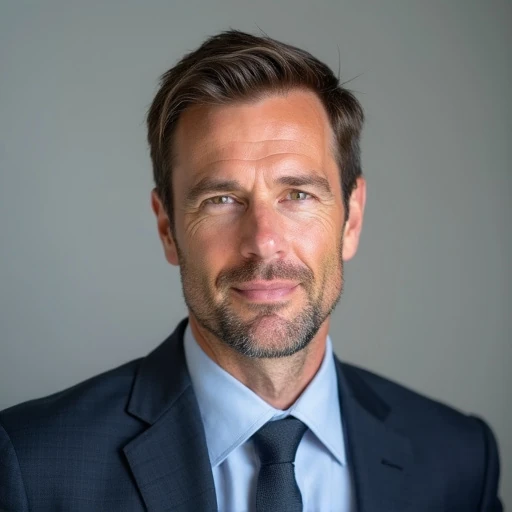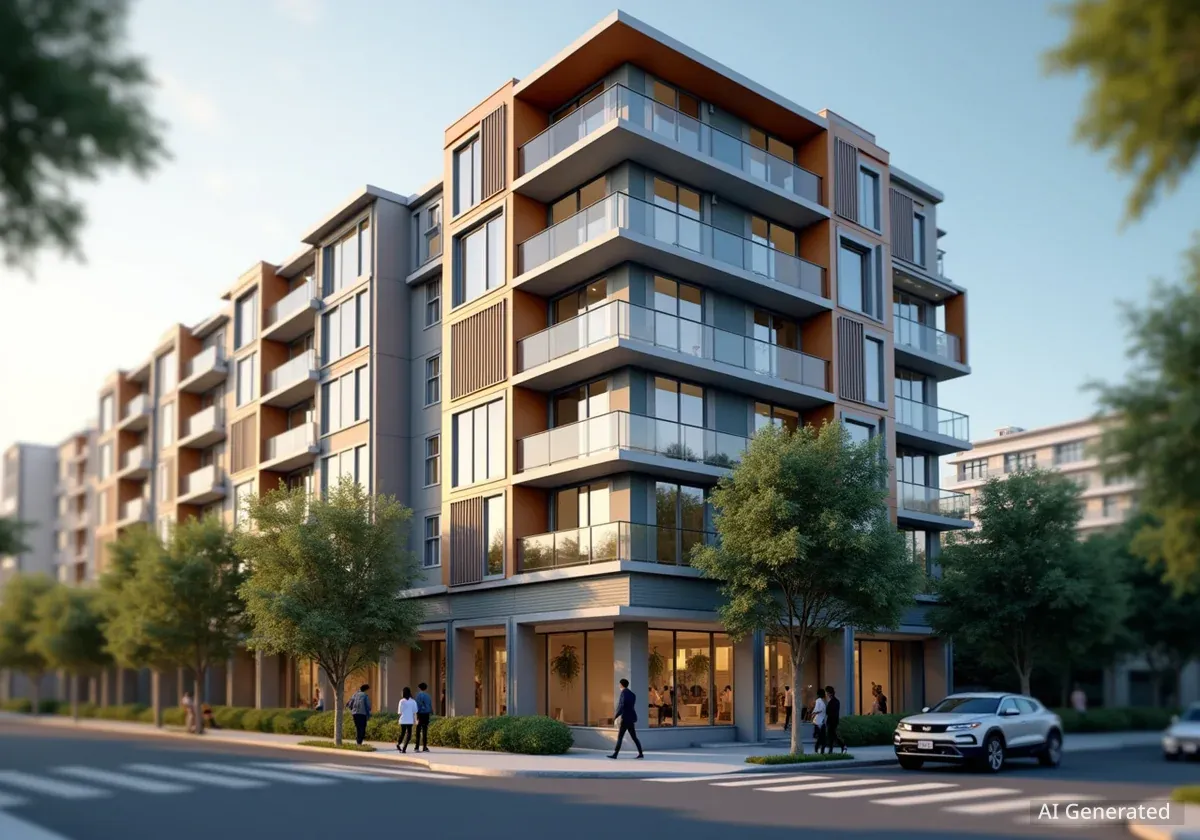Across the United States, a critical shortage of affordable housing has left millions struggling. In response, cities and housing advocates are championing a revived concept with a new name: social housing. This approach aims to succeed where traditional public housing failed by creating financially sustainable, mixed-income communities managed by public entities.
The model, which moves away from concentrating poverty and instead integrates various income levels, is gaining traction as a potential solution. However, it faces deep-seated challenges, including the lingering stigma of past projects and persistent local opposition to new development.
Key Takeaways
- "Social housing" is a modern approach to government-supported housing, designed to be financially self-sustaining and serve a mix of income levels.
- Unlike past public housing projects, new models aim to avoid segregation and dependency on fluctuating federal subsidies.
- A key innovation is the use of public revolving loan funds, which keep properties publicly owned and reinvest profits into new affordable units.
- Significant hurdles remain, including local zoning laws and "NIMBY" (Not In My Backyard) opposition, which can stall projects regardless of their funding model.
The Problem with the Past
The term "public housing" often brings to mind images of decaying high-rises and concentrated poverty. Decades of underfunding, neglect, and policies that segregated low-income families created environments plagued by crime and despair. Notorious examples, like Chicago's Cabrini-Greene Homes, began with optimistic goals but ultimately became symbols of urban blight.
Iziah Thompson, a senior policy analyst with the Community Service Society of New York, explains that the original concept was flawed by its design. "Public housing went awry when it started being very segregated," Thompson noted. This segregation led to a dependency on federal subsidies that eventually disappeared, leaving projects to decline.
The historical failure casts a long shadow, making any government-led housing initiative a difficult proposition for many communities. The new social housing movement seeks to fundamentally break from this legacy.
A New Blueprint for Publicly-Owned Homes
Advocates for social housing argue that its structure is fundamentally different. Instead of catering exclusively to the lowest-income residents, these new developments are designed for a diverse population, including middle-income workers like teachers, nurses, and firefighters who are increasingly priced out of major cities.
The Financial Engine
A pioneering model in Montgomery County, Maryland, has drawn national attention for its innovative financing. The county, where per-capita income is nearly 40% higher than the national median, established a revolving loan fund. This public fund replaces the need for private equity, allowing the housing authority to retain full ownership of the properties.
Rent payments from moderate-income tenants help subsidize the units for lower-income residents. Any surplus revenue is then cycled back into the fund to finance the next project. "Not only does that make it a better program from a community standpoint," Thompson said, "it makes it so that it’s financially sustainable." This creates a system that can grow without constant reliance on unpredictable government grants.
A Sustainable Cycle
The revolving loan fund model works by using initial public investment to build housing. Rent revenue repays the loan, replenishes the fund, and that money is then used to finance another development, creating a continuously expanding stock of affordable housing.
The Unmovable Obstacle: Neighborhood Opposition
Despite a promising financial structure, social housing faces the same barrier that stalls many private developments: local opposition. Zoning laws, lengthy approval processes, and community resistance often prevent new housing from being built, regardless of who is funding it.
Molly Goodman, co-founder of the advocacy group Abundant Housing Massachusetts, remains skeptical that a simple rebrand can overcome this hurdle. She calls the social housing concept "admirable" but points out a critical flaw.
"The same things that hamstring a market rate developer will hamstring those projects for social housing," Goodman explained. "Unless we have projects that are going through by right without variances, those obstacles will always exist."
This opposition, often labeled "NIMBY-ism," is a powerful force in local politics. Goodman has witnessed firsthand how resistance can manifest. "Some of the opposition to affordable or public housing is some of the ugliest human behavior I've ever seen," she stated. "I don't think that's going to go away if you rebrand it as social housing."
Can Community Control Make a Difference?
Proponents believe the social housing model has a unique advantage in navigating these challenges. Because the projects are developed and managed by a public or non-profit entity representing the community, there is an opportunity for greater transparency and local input from the beginning.
What is "By Right" Development?
"By right" refers to a development that complies with all applicable zoning regulations and does not require any special permits, variances, or discretionary action. Advocates argue that more housing should be buildable "by right" to speed up construction and reduce the ability of opponents to block projects.
Thompson suggests this public stewardship can help differentiate social housing from for-profit developments that are often viewed with suspicion. "I think some of the pushback from a NIMBY standpoint tends to be, I don't want some developer coming in and being able to just build whatever they want in my community," he said.
By putting a municipal entity in charge, the project is theoretically more accountable to residents' concerns. This process can also help clarify whether opposition is based on legitimate concerns about infrastructure and design, or rooted in a desire to exclude lower-income people from the neighborhood.
Ultimately, the success of social housing may depend on more than just innovative financing. It will require significant reforms to local zoning and a genuine commitment from communities to address the housing crisis head-on, moving past the stigmas of the last century to build a more inclusive future.





